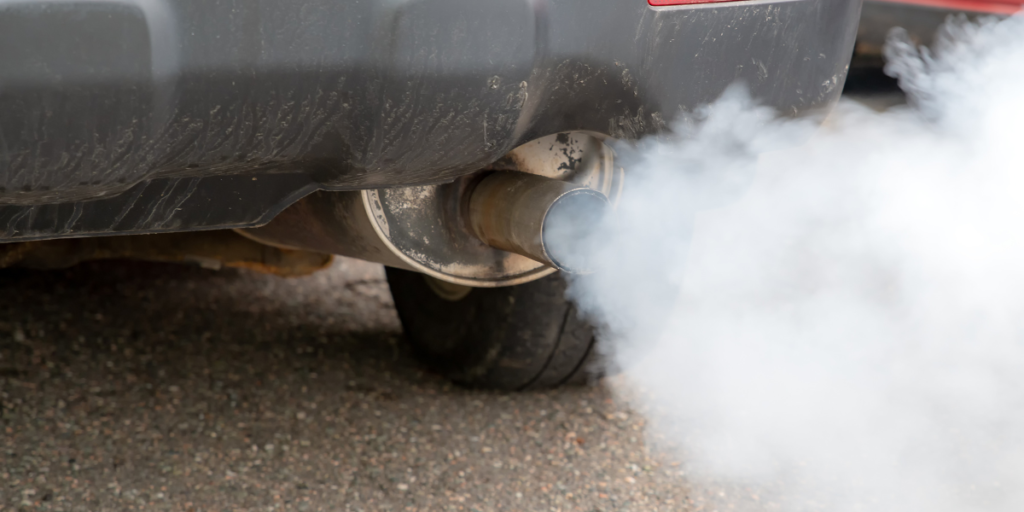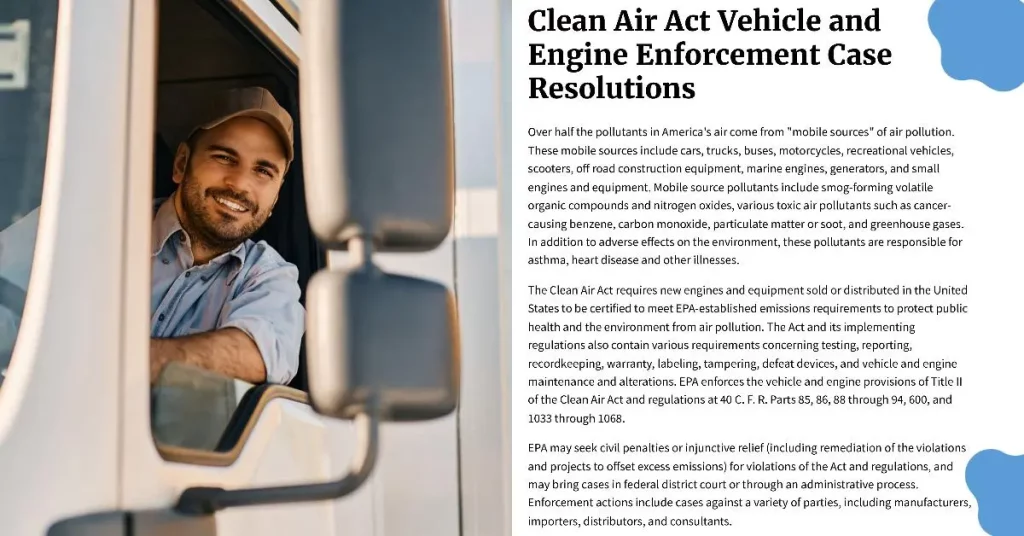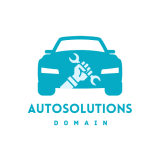Deleting your truck sounds like a very good idea, especially when you hear the potential benefits. Most truck owners want to get right to deleting their trucks when introduced to the idea. Before you do it, you might want to read this post.
What happens if you get caught with a deleted truck? If you get caught with a deleted truck, you could face severe consequences. It attracts hefty fines ranging from $2,500 to as much as $7,500, depending on the location and severity of the offense. Your license may be suspended or revoked, and in some cases, you could even face jail time. Additionally, deleting your truck’s emissions equipment can void the manufacturer’s warranty and contribute to environmental damage by releasing harmful gases into the air.
It is important to note that driving a modified truck without proper emissions equipment on public roads is dangerous and against the law. Read on to learn more about driving a deleted truck.
What Happens If You Get Caught With A Deleted Truck?

Due to its extensive environmental repercussions, it is against the law to have a deleted truck. A diesel particle filter (DPF) plays an integral role in a truck as it captures minuscule pollutants and prevents them from being discharged into the air. So, while you might do it with good intentions of wanting to save fuel or improve vehicle performance, the repercussions for driving a deleted truck on the road can be huge and financially damaging. Here are the potential consequences of getting caught with a deleted truck:
1. Penalties and Fines
One of the main consequences is that you may have to pay a lot of money in fines. These fines can be as low as $2,500 but can go up to $7,500 or even more, depending on how serious the offense is and where you live. Depending on whether you’re an individual consumer or a corporate entity and the laws in effect where it occurred, penalties may vary drastically. It is an issue that may even affect the companies that offer deleting services or defeating devices. A good example is what happened to H&S where the company was fined $1 million civil penalty.
If you live in California and get caught, your problems will even get bigger. First, you will fail a smog check in California for a truck, and it will be deregistered. This will be on top of the possible penalties. Additionally, truck owners operating in California must report their trucks to the Clean Truck Check Database and pay an annual $30 per truck fee by a specified deadline.
Furthermore, on-road diesel vehicles with a gross vehicle weight rating (GVWR) that is 14,001+ lbs. must reduce exhaust emissions by meeting particulate matter (PM) filter requirements and upgrading to comply with California’s clean air regulations. It’s important to note that California has been actively enforcing heavy-duty diesel vehicle regulations to support the state’s clean air goals.
2. You May Lose Your License or Get Jail Term
In most states, the consequences of getting caught with a deleted truck depend on who caught you and how they will enforce the Truck Delete law in their state. The cop might design to let you go with a warning, but some might suspend or revoke your driver’s license. This means that you may lose your privilege to operate a vehicle for a certain period or indefinitely legally.
In more severe cases, particularly if there are repeat offenses or other aggravating factors, you could face the possibility of jail time. The specific penalties will vary depending on the jurisdiction and the severity of the offense. It is crucial to understand and comply with the laws related to vehicle modifications to avoid these serious consequences.
What Does Deleting A Truck Mean?
What is a Truck Delete? What does it achieve? Truck delete is removing certain emissions control systems from your vehicle. The two popular ones are the Exhaust Gas Recirculation (EGR) system and Diesel Particulate Filter (DPF). Most people do this to try and maximize your diesel truck’s performance and power economically. The following are the main goals most people chase when they truck delete:
- Enhanced power: With the DPF and exhaust gas recirculation removed, your truck’s power levels skyrocket. You’ll be able to enjoy faster acceleration speeds as well as increased horsepower and torque when pulling a trailer. That is all thanks to the improved airflow that results from eliminating any limits on exhaust pressure.
- Reduced Maintenance Costs: Keeping your DPF and exhaust gas recirculation system in optimal condition through regular maintenance or replacement can be time-consuming and expensive. Nevertheless, no matter how well you take care of the unit, it will need to be replaced. These costs are eliminated entirely by eliminating the DPF altogether – saving you money every single time!
- Improved Fuel Economy: Fuel efficiency can be significantly improved by deleting the DPF and exhaust gas recirculation system. Drivers have reported savings of up to 5-7%, as their trucks no longer need to work around this restrictive system.
What are the EPA laws and regulations regarding emission Deletions?
The EPA enforces Title II of the Clean Air Act to guarantee that automobiles run smoothly and establishes permissible emission standards. Truck manufacturers must comply with these regulations to sell their products in America. With the 2007-2010 Clean Diesel Program, a holistic approach is taken to reduce fuel costs while maximizing benefits from vehicles. Testing tampering on trucks also requires evaluating how certain deletions align with other systems present on the vehicle itself.

Title II distinctly bars acts related to tampering with emissions control devices. So, is deleting your truck illegal? Yes, it is illegal for anyone to remove or install a part or component to bypass, defeat, or render any emission controls inoperative when they have full knowledge the item will be employed as such. Furthermore, it’s prohibited to deactivate an emissions control device before selling the vehicle and knowingly alter an emissions system after delivery of the car to its buyer.
The United States Environmental Protection Agency (EPA) has set laws and regulations that dictate the amount of emissions vehicles are legally allowed to emit, which truck manufacturers must comply with. According to Title II of the Clean Air Act, tampering with emission control devices is strictly prohibited – including installing parts that defeat emissions equipment and removing or deactivating any part related to controlling emissions after a sale.
RELATED: What Would Happen If I Unplug My Fuel Composition Sensor?
What Are The Environmental Consequences of Truck Deleting?
By performing a truck delete, you are potentially introducing massive levels of toxins into the atmosphere, with far-reaching consequences to our environment. The long-term effects can be devastating if left unchecked. Some of these environmental consequences of truck deletion include the following:
1. Air Pollution
When diesel-operated trucks are deleted, they produce greater amounts of hazardous pollutants such as nitrogen oxides (NOx) and particulate matter (PM). This has a detrimental effect on air quality and human health; it can heighten the risk of respiratory diseases, heart problems, and global warming.
2. Impact on Climate Change
By deleting trucks, we are exacerbating the already overwhelming levels of greenhouse gases in our atmosphere. Carbon dioxide (CO2) specifically contributes to devastating global warming and climate change consequences such as more severe weather events, rising sea levels, and irregular precipitation patterns.
3. Loss of Biodiversity
Not only can air pollution detrimentally impact humans, but it can also have a destructive effect on the natural environment. For instance, acid rain — caused by the release of sulfur dioxide and nitrogen oxides – harms plants and animals alike, potentially leading to reduced biodiversity and an imbalance in ecosystems.
4. Health Impacts
The repercussions of air pollution from diesel trucks can be devastating to human health. Inhaling the dangerous particulate matter and nitrogen oxides released into the atmosphere can provoke serious respiratory concerns, cardiovascular diseases, or premature death.
Is Truck Delete Worth It?
Generally, getting caught with a deleted truck isn’t worth it in the US. The consequences are hefty, and it might even land you in jail. If you get caught in California, things get even worse. With a truck delete, you won’t be able to register your vehicle, and if caught, you as much screwed. Even if your country does not have laws specifically prohibiting the deletion of trucks, it is essential to recognize the detrimental ecological effects these actions may cause. If caught with a deleted truck, there can be hefty fines; however, the damage caused by polluting our planet is more important than financial damage. We all must take accountability for safeguarding Mother Nature and refrain from engaging in activities that generate pollutants.
Frequently Asked Questions
Now that we have discussed the laws and regulations surrounding emission deletes, as well as the potential environmental and health impacts of deleted trucks, let’s address some commonly asked questions:
Does Deleting Your Truck Make It Louder?
A truck without an emission control system will be louder since the muffler and catalytic converter that was once responsible for sound dampening has been removed.
Can You Undo A Deleted Truck?
Fortunately, a deleted truck can be reversed by reinstalling the emission control system and restoring its engine to its initial factory conditions. This task may be complex and could necessitate expert assistance.
How Long Does It Take To Delete A Truck?
Depending on the type and make of a truck, the complexity of the task, and the parts required to complete it, deleting a truck can be time-consuming. Generally speaking, this process may take anywhere from one day to several weeks.
Conclusion
Tampering with emission control systems on trucks violates Title II of the Clean Air Act and can have dire effects on our environment, health, and climate. Deleted trucks produce louder noise and higher levels of hazardous substances such as nitrogen oxides, particulate matter, and carbon dioxide that negatively impact air quality.
Before engaging in this process to increase power or fuel economy, it’s critical to consider its potential repercussions. To ensure we all remain safe from these harmful toxins for generations, future present-day stewards must adhere closely to existing legislation concerning commercial vehicle emissions control systems–therefore decreasing environmental degradation incidences while maintaining public wellness.
